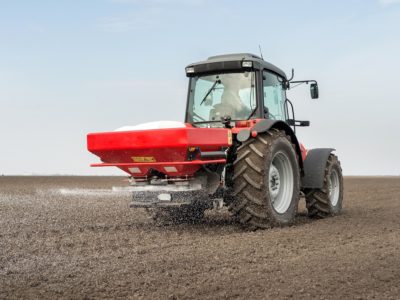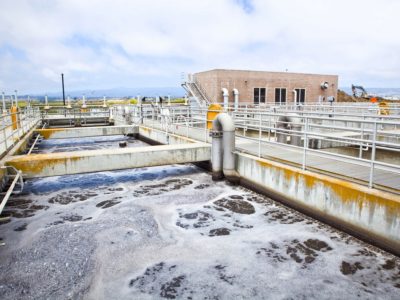Electrical conductivity of water and soil
The electrical conductivity of an aqueous solution is its ability to conduct an electrical current. The electrical conductivity is an important parameter... Read More
Pre-plant fertilizer application
Depending on the soil type, fertilizers can be applied to crops before planting, right after planting or throughout the growth of the... Read More
How to read a pesticide label
All pesticides must come with a label, which must follow a certain standards. The pesticide label is a legal document that contains... Read More
The Activated Sludge Process
The primary treatment cannot remove all dissolved and fine colloidal organic matter. Therefore, a biological treatment is required for removing those remaining... Read More
How fertilizers help to feed the world – outlook towards 2050
World population is growing rapidly. In fact, since the industrial revolution, population is growing faster than ever before. In 1920 there were... Read More
Early blight of tomato
Early blight is a common tomato disease, which can result in significant economic losses. It is caused by the fungi Alternaria solani... Read More
Nitrogen in plants
Nitrogen is an essential macronutrient, which all plants require for proper growth. It is an important constituent of the chlorophyll molecule, nucleic... Read More
Fertigation
Fertigation is the application of fertilizers through the irrigation water. It can be applied in almost any irrigated crop, in both open... Read More
The essential plant nutrients
Essential plant nutrients are elements that plants need for proper growth. Sixteen elements are considered essential nutrients for plants. These are carbon... Read More
Identification of pests – What should you look for?
Once a problem that is suspected as a pest is detected, the pest must be identified in order to plan the pest... Read More












